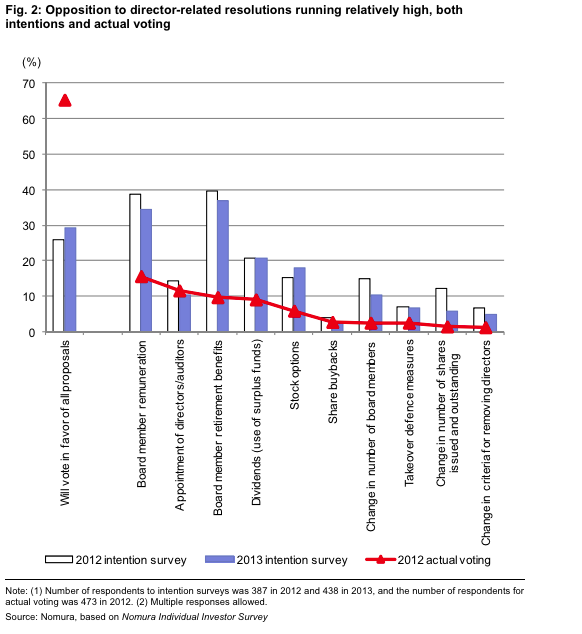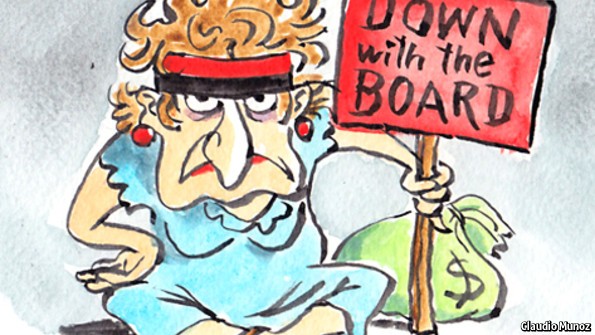Shareholder Activism
Post on: 16 Март, 2015 No Comment

An activist shareholder uses an equity stake in a corporation to put public pressure on its management. The goals of activist shareholders range from financial (increase of shareholder value through changes in corporate policy, financing structure, cost cutting, etc.) to non-financial (disinvestment from particular countries, adoption of environmentally friendly policies, etc.). The attraction of shareholder activism lies in its comparative cheapness; a fairly small stake (less than 10% of outstanding shares) may be enough to launch a successful campaign. In comparison, a full takeover bid is a much more costly and difficult undertaking.
Shareholder activism can take any of several forms: proxy battles, publicity campaigns, litigation, even in the right circumstances more-or-less amiable negotiations with management.
Phases 3D%3D /%Edit
Although there is no set rule, generally the life cycle of Shareholder Activism passes through four phases:
The First Phase The first phase pertains to using the proxy ballots to the best advantage of the group of shareholders spearheading Shareholder Activism. Generally, proxy ballots go waste as most of the shareholders do not use them at all. Shareholder Activism involves canvassing shareholders and eliciting their support and vote for resolutions put forth by this particular group of shareholders. The Second Phase This phase involves discussion and dialogue with the company management. Certainly, a single shareholder can not have a big say, a group of shareholders surely carry weight. Implicit in the discussion and dialogue is the premise that the shareholders and the management believe that they can resolve the issues by such mutual interaction. The Third Phase The third phase of Shareholder Activism involves bringing forth certain resolutions to vote in the annual general body meeting of the shareholders. This opens up in a sense a channel of communication between the shareholders, the management, and the board of directors. The Fourth Phase The final and the fourth phase of shareholder activism involves severance of relationship with the company by divesting. This has a rather limited effect unless a large body of shareholders with considerable stake in the equity of the company decide to divest their stakes. However, this may even work at a smaller scale if the incidence gets media attention. Divestment was a popular way of Share Activism some time back to force companies to stop doing business with South Africa and Burma.
Examples 3D%3D /%Edit

- In September 2003, hedge fund manager Lawrence J. Goldstein created a new fund specifically for the purpose of using such activism to increase the value of targeted corporations’ equity. The resulting entity is known as the Santa Monica Partners Opportunity Fund LP, [1]
- Investor William Ackerman thought McDonald’s needed to take advantage of the value of the land beneath each of its restaurants in order to boost its share price. Listen to the story on American Public Media’s Marketplace
- Eric Jackson requests significant changes be made immediately by Yahoo! for the good of the company, shareholders and users. See his plan .














